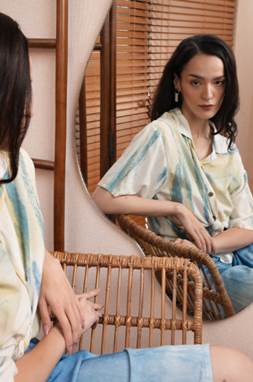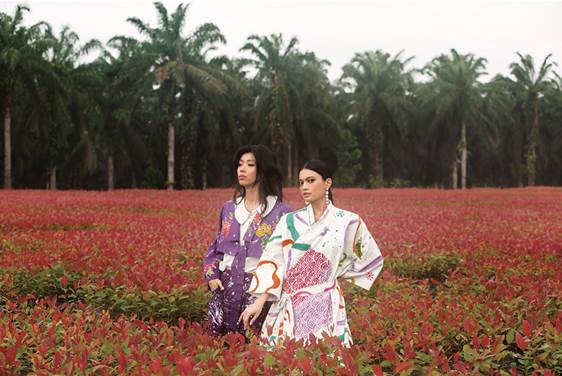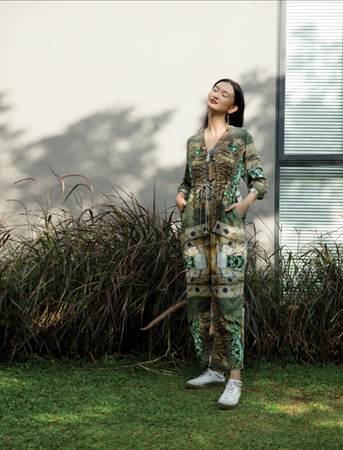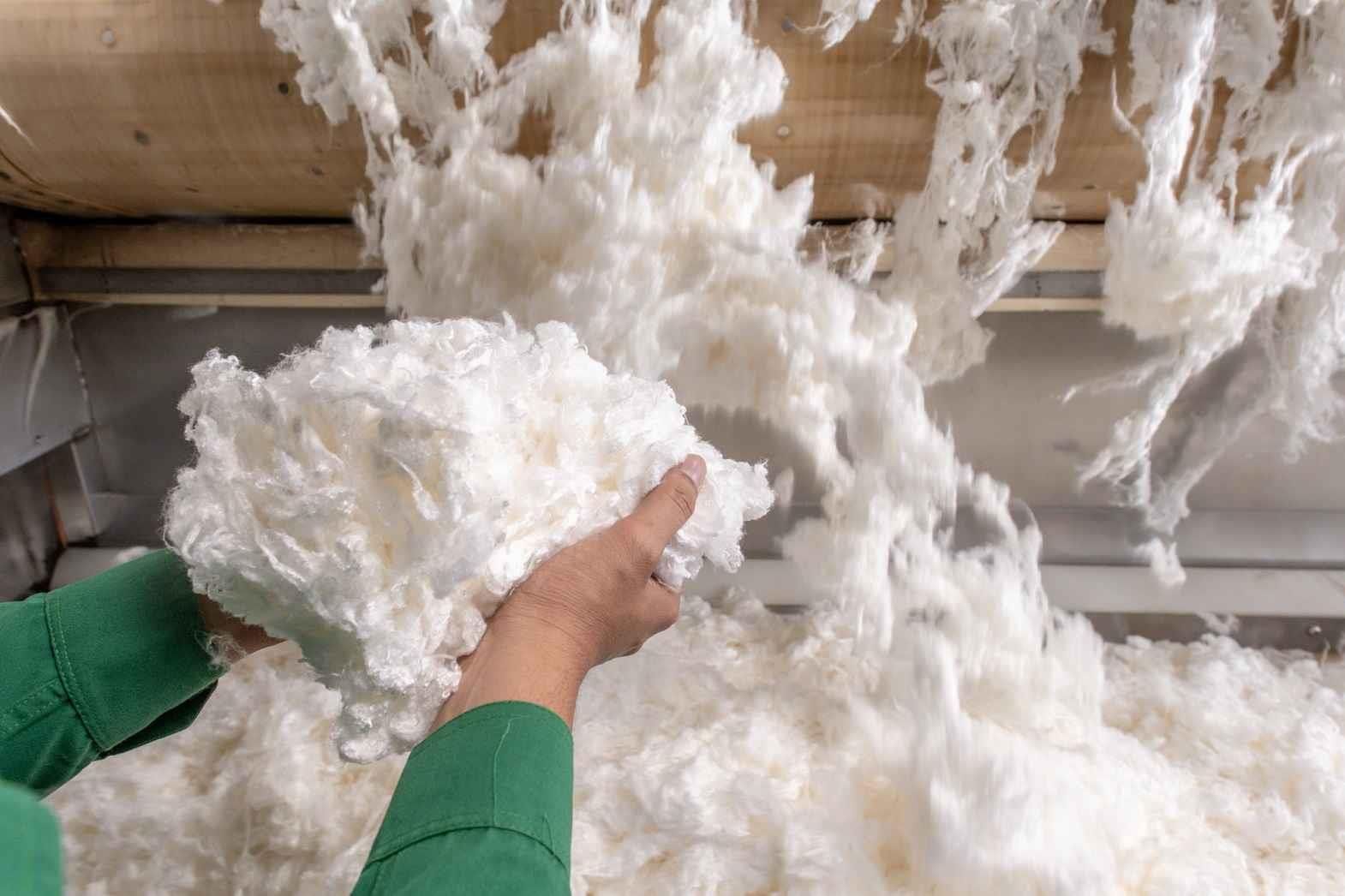Prints are making a big comeback. After seasons of neutral looks and basics, expect consumers to gravitate towards items that put the fun back into fashion. It is time to invest in uplifting print design and artistic and bold colours. Dots, stripes, florals, abstracts—these are just some of the most fashionable prints in fashion for 2024.
Fashion designers do not simply refresh worn-out spring patterns such as geometrics and polka dots, they also showcase creativity with designs that exude joy and expressiveness. The painter's canvas print is the most prominent example of the new approach. This pattern is evident in pieces that seem inspired by watercolours paintings, giving the impression that designers treated clothing as a canvas this season and skillfully painted patterns reminiscent of an exhibition-worthy display.

Eco-Print Technology for a Sustainable Future
Direct printing of botanical elements has become one of the world's most popular textile art forms. The basic process involves imprinting leaves on cloth with three components: pressure, moisture and heat.
In eco-printing, dyeing and printing are done by using natural pigments present in the environment. The plant material is arranged and bundled inside the cloth before being steamed or boiled to release the natural dye found within the plant, resulting in a contact print in the shape of the flower or leaf used. This method enables the vibrant colours and intricate details of natural pigments to be imprinted on fabrics in an amazing way.
Eco-printing is a fascinating and intricate process that involves using natural materials to create unique and one-of-a-kind prints on fabric. Each season brings with it a new colour palette, which means that if you have a preference for a particular palette, it may not be available in the following season. The process of eco-printing involves a number of steps, and it requires a certain level of skill and expertise to produce high-quality prints. Not everyone has the necessary skills for eco-printing, such as knowing about plant pigments and mordanting techniques, making it a craft that requires a particular set of abilities.

The resulting prints are often quite abstract, as the impressions made by the leaves and flowers are not always clear or well-defined. The final result can vary widely depending on a number of factors, including the type of fabric used.
Consumer Demand for Sustainable Fabrics
A rising trend in sustainable printing aligns with consumer preferences for eco-friendly material, with viscose rayon standing out as a notable choice. Renowned for its excellent color retention and ease of dyeing, viscose becomes an ideal canvas for eco prints, allowing fashion designers and industry experts to create vibrant, consistent, and fashionable prints that cater to the demand for both style and sustainability.

APR viscose rayon is gaining recognition in the market not only for its breathability and durability but also for being made from wood fibres, offering a high level of comfort. Setting itself apart from other fabrics, APR viscose rayon is both biodegradable and renewable, contributing to a more sustainable choice in the textile industry.
Asia Pacific Rayon (APR) has announced that tests have confirmed the biodegradability of its fibres in fresh water and soil. The tests were carried out by independent research laboratory Organic Waste Systems and, as a result, APR’s viscose staple fibres (VSF) have been awarded the international OK biodegradability WATER and OK biodegradability SOIL labels by accredited certification board, TUV Austria.
Furthermore, APR also obtained PEFC Chain of Custody certification. It provides independent verified assurance that the certified forest-based material contained in a product originates from sustainably managed forests.










Comments